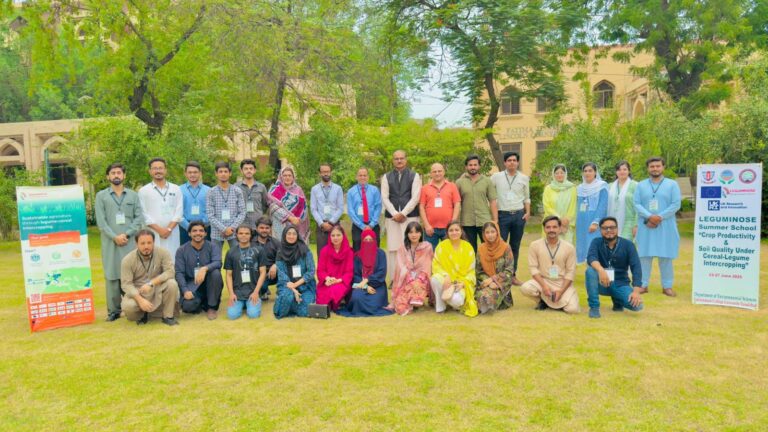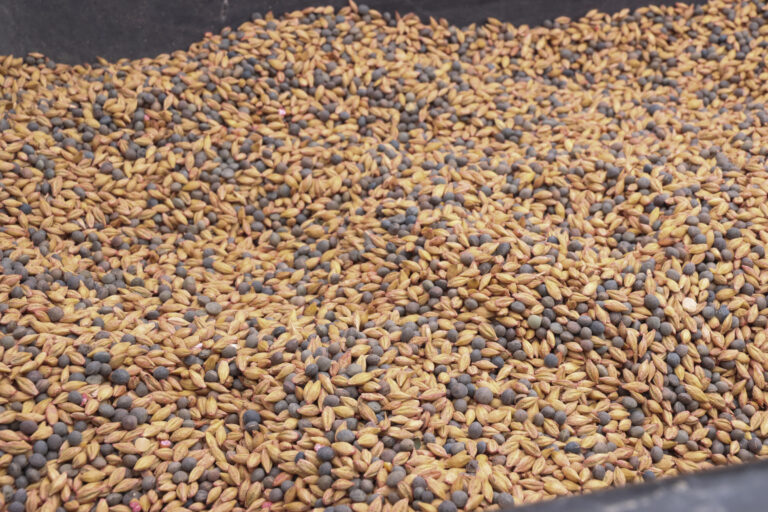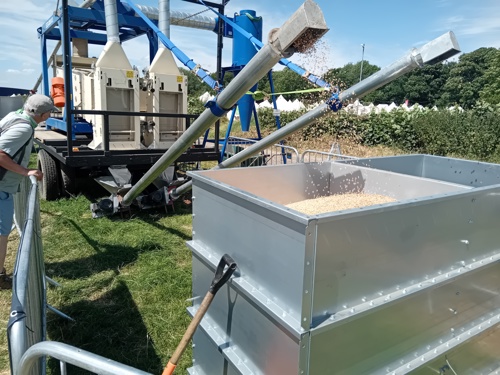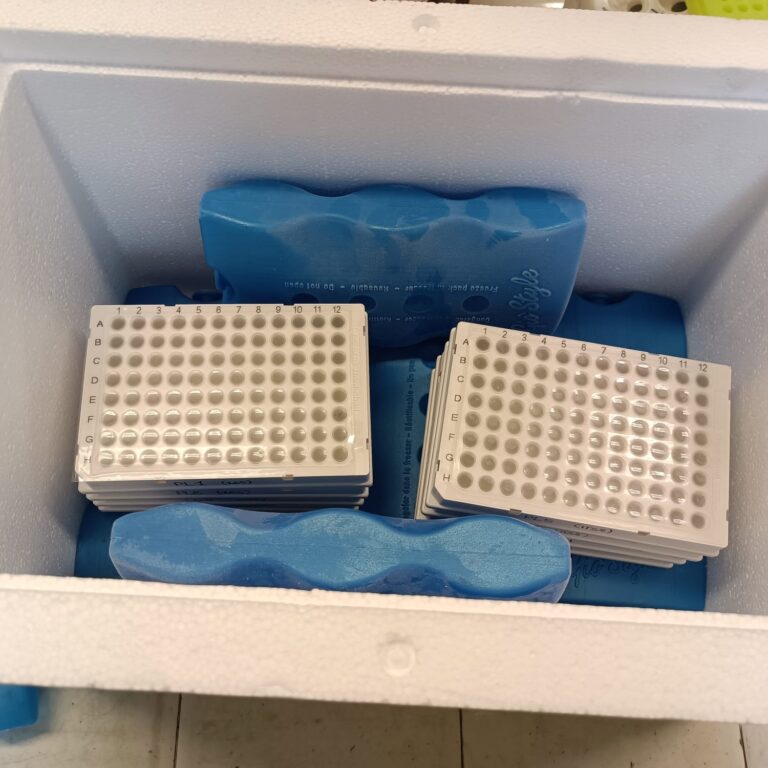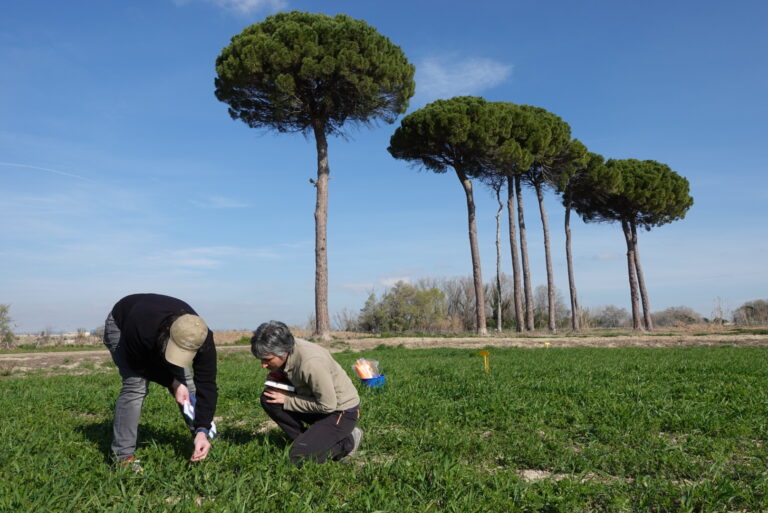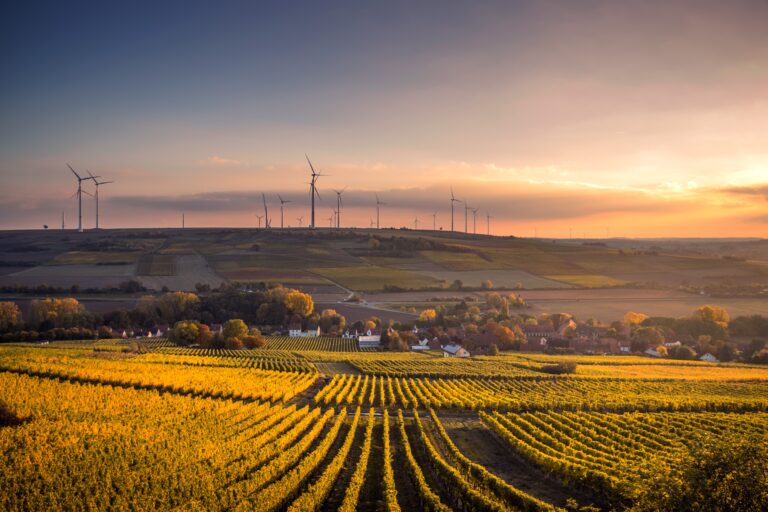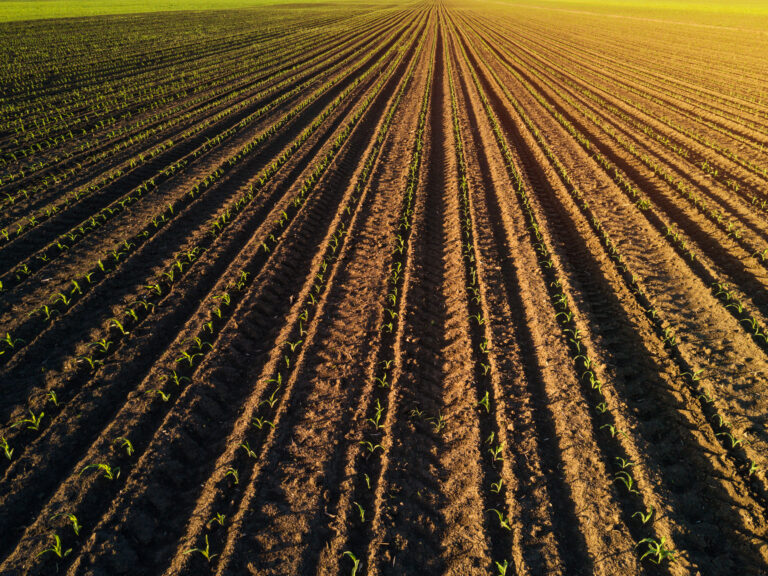Intercropping summer school in Pakistan: Training the next generation in sustainable agriculture
The first LEGUMINOSE summer school brought over 50 students and researchers together in Pakistan to explore cereal-legume intercropping. Through expert lectures, field visits, and group work, participants gained practical skills for more sustainable farming.
